Produce goes bad faster than most people expect, and nothing’s more frustrating than tossing out food you just bought a few days ago. Wilted herbs, slimy greens, and moldy berries feel like a waste of both money and effort. Most of the time, produce goes bad because of how it’s stored, not how fresh it was when you bought it. With a few small adjustments, you can slow that process down. These are practical tips that actually work and don’t require specialty tools or extra effort.

Store Herbs in Water

Herbs like cilantro, parsley, and mint tend to wilt quickly once they’re home from the store. One of the best ways to keep them fresh is to treat them like flowers. Trim the stems and place the bunch in a glass of water. Cover it loosely with a plastic bag and pop it in the fridge. Change the water every few days and you’ll get about a week or more of usable herbs instead of a soggy mess shoved into the crisper drawer.
Wrap Greens in Paper Towels

Leafy greens don’t stand a chance against moisture. To help them last longer, wrap them in a dry paper towel before placing them in a bag or storage container. The towel absorbs extra moisture which keeps the greens from getting slimy or wilting too fast. If you buy them in clamshell containers, add a paper towel on top and store the container upside down. It sounds odd but the towel stays in contact with any condensation and extends the life of the greens noticeably.
Use Vinegar Bath for Berries
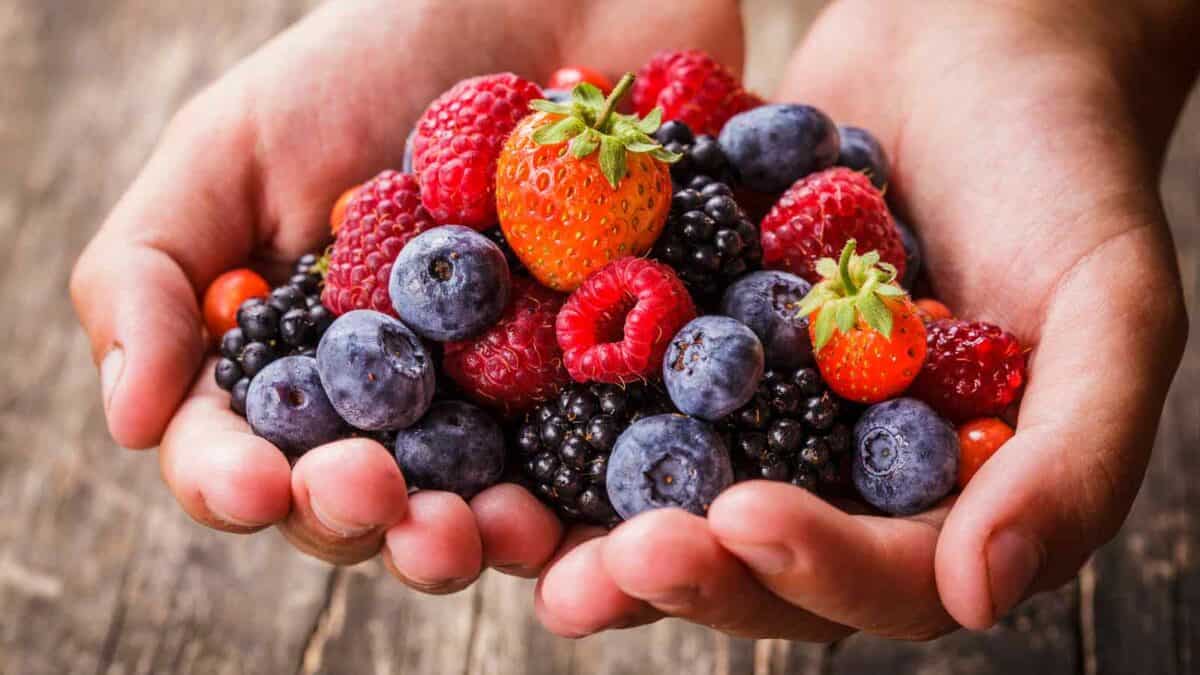
Berries are notorious for going moldy just a few days after buying them. Giving them a quick rinse in a vinegar bath can help prevent that. Mix one part vinegar with three parts water and gently wash the berries. This helps kill mold spores and bacteria on the surface. Rinse them well afterward and dry them completely before storing in the fridge. When they’re dry, store them in a container lined with paper towels to help absorb any remaining moisture.
Store Apples Separately
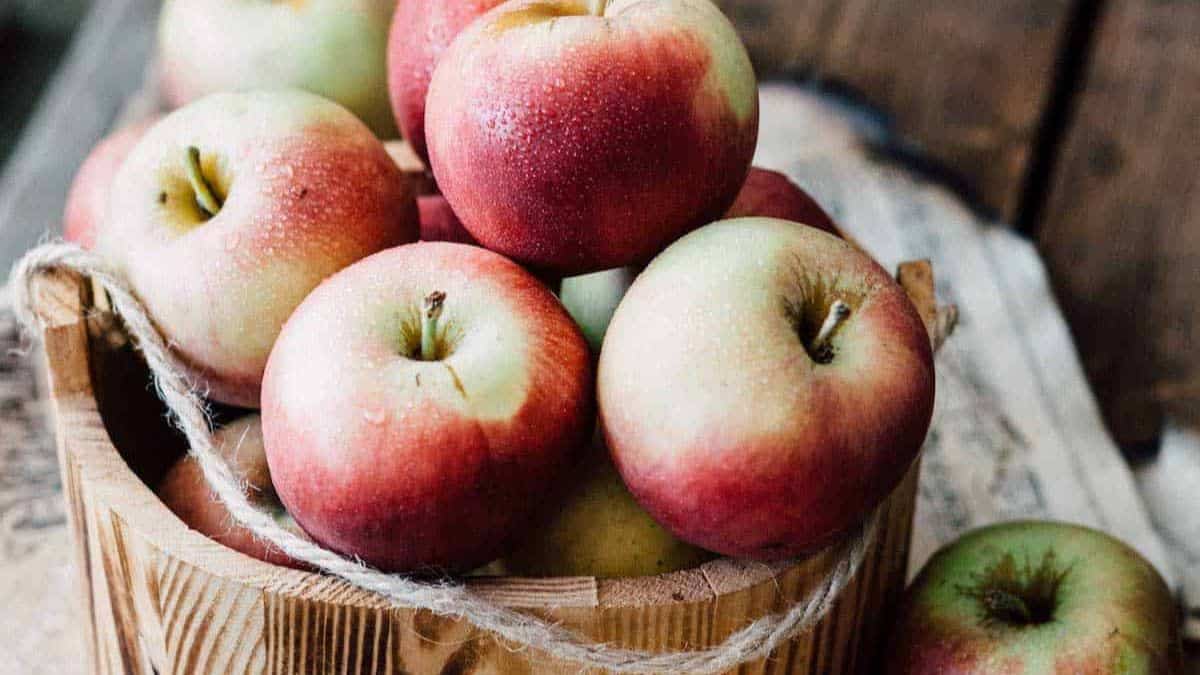
Apples release ethylene gas which speeds up the ripening process of anything around them. That might work in your favor when you need to ripen an avocado, but otherwise it just leads to a fridge full of produce that goes bad before you can use it. Keep apples in their own spot in the fridge or store them in the pantry away from more delicate fruits and vegetables.
Keep Tomatoes at Room Temp

Tomatoes don’t belong in the fridge unless they’re cut or starting to spoil. Cold temperatures mess with their texture and make them mealy. Instead, keep them at room temperature and place them stem side down on a plate or in a bowl. This helps prevent moisture from entering the fruit and keeps them fresh for longer. Once they ripen, try to use them within a few days while the flavor is still at its best.
Use a Produce Saver

If you’re tired of tossing out spoiled produce, consider investing in produce saver containers. These containers are designed to regulate airflow and moisture which slows spoilage. Some even include small inserts that absorb excess moisture or gas. They’re reusable, easy to clean, and work well for everything from salad greens to berries. They’re not magic, but they do help you stretch the life of your groceries a little further.
Refrigerate Bananas Separately
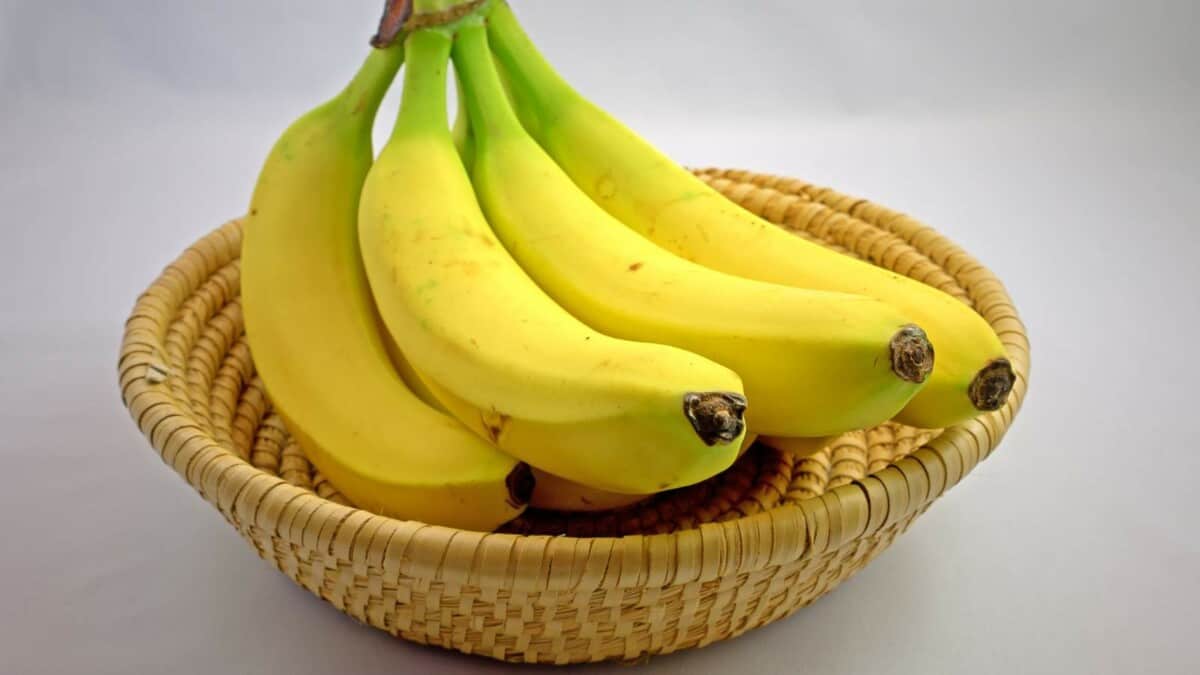
Once bananas ripen, they turn fast. To slow things down, separate them from the bunch and refrigerate them. The peels will darken in the fridge which can look unappealing, but the fruit inside stays firm and sweet. Keeping them away from other produce also helps reduce the spread of ethylene gas. This small trick can save you from having to rush through a bunch of bananas before they turn to mush. Although, there’s always banana bread if that happens.
Store Mushrooms in Paper Bags
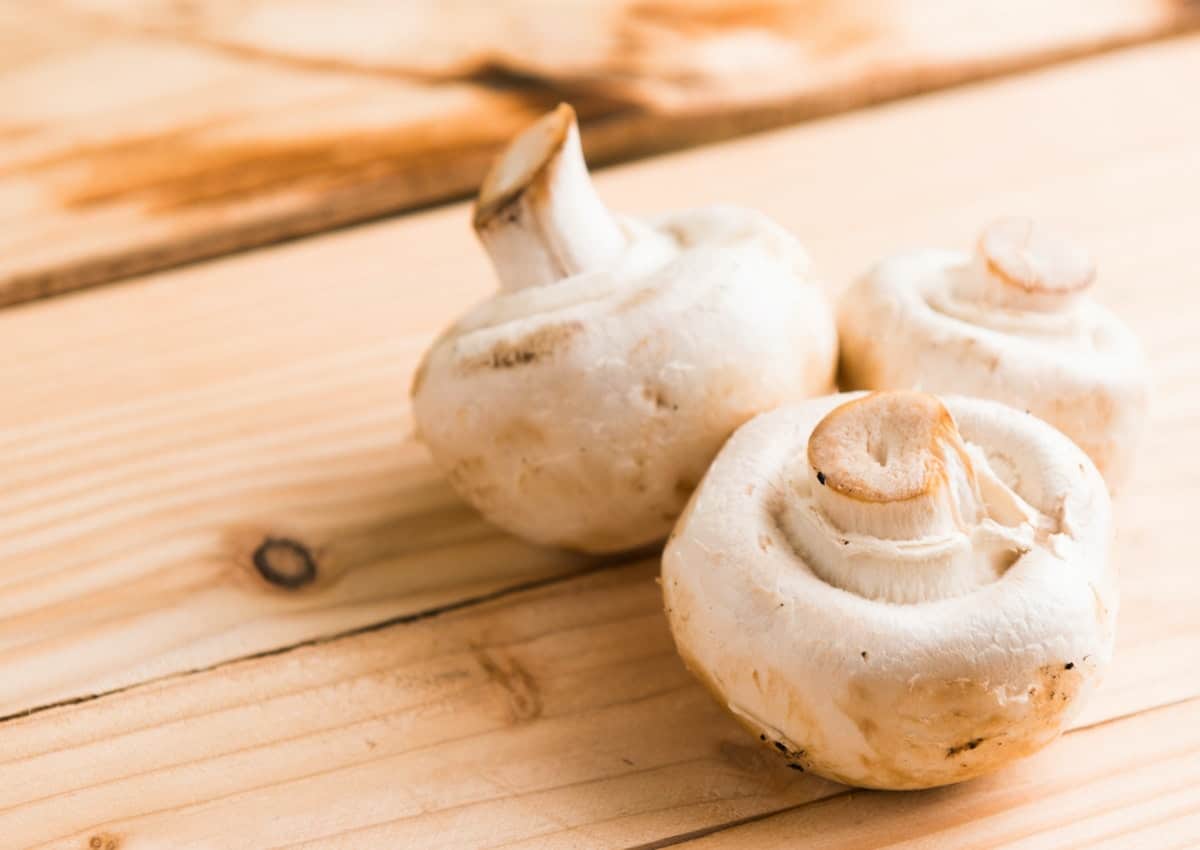
Mushrooms stored in plastic tend to get slimy because there’s nowhere for moisture to go. A simple paper bag can solve that. It allows the mushrooms to breathe while absorbing excess moisture. Just place the bag in the main compartment of your fridge, not the crisper drawer. The mushrooms will last longer and maintain their firm texture which makes cooking with them a whole lot easier.
Don’t Wash Until Ready

Washing produce right after you get home seems like a good idea, but it actually shortens shelf life. The added moisture creates an ideal environment for mold and bacteria to grow. Instead, store fruits and vegetables dry and give them a rinse only when you’re about to eat or cook them.
Revive Wilted Greens

If your lettuce or leafy greens look a little limp, don’t toss them right away. A quick soak in ice water can bring them back to life. Submerge them in a bowl of ice water for about 20 to 30 minutes and they’ll perk back up. Pat them dry before using and they’ll be good as new. It’s a simple trick that works surprisingly well and helps you get the most out of every grocery run.
13 Foods You Should Never Freeze
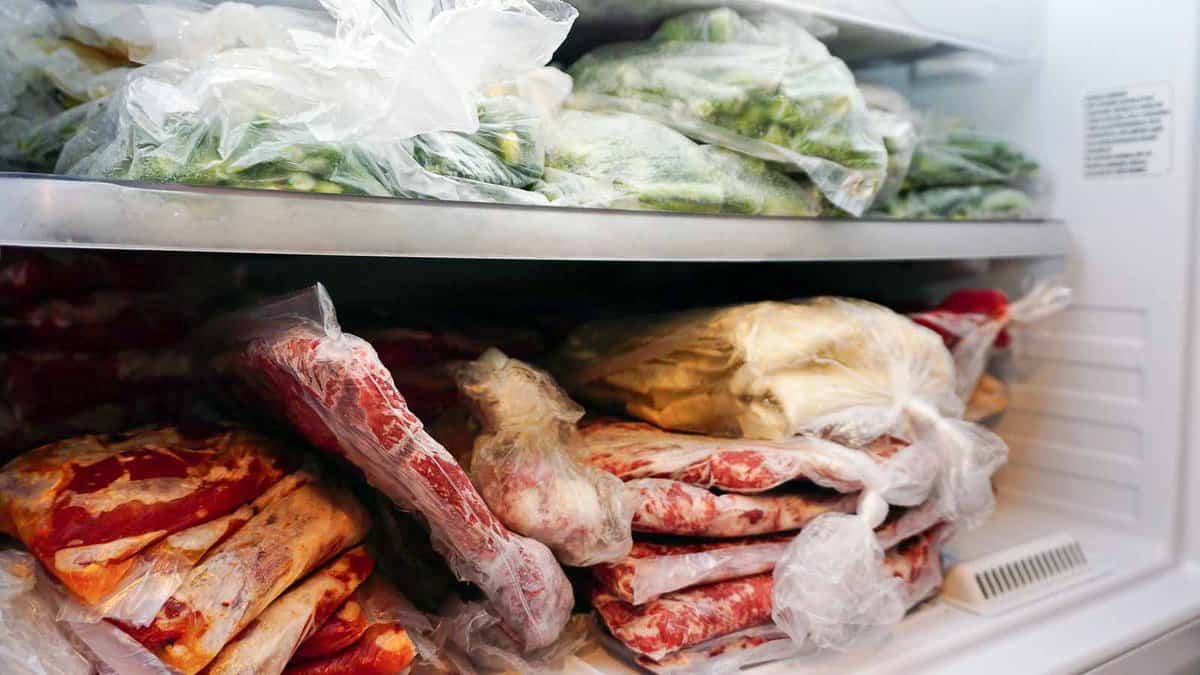
Freezing food is a lifesaver for busy weeks, but it’s not the best option for everything in your kitchen. Some foods just don’t handle freezing well, turning into a soggy mess or losing their flavor. Before you throw things in the freezer, take a look at this list that you should never be frozen.
Read it Here: 13 Foods You Should Never Freeze
Regrow Your Groceries: 13 Foods That Come Back to Life

Want to get more out of your grocery purchases? It’s easier than you might think to regrow your own food from scraps. This guide will walk you through 11 common foods that you can easily start regrowing at home. Not only is this a great way to save money, but it’s also incredibly satisfying to watch your new plants sprout! Whether you have a green thumb or are just starting out, you’ll find these tips to be simple, fun, and rewarding.
Read it Here: Regrow Your Groceries: 13 Foods That Come Back to Life
*Select images provided by Depositphotos.
Gina Matsoukas is an AP syndicated writer. She is the founder, photographer and recipe developer of Running to the Kitchen — a food website focused on providing healthy, wholesome recipes using fresh and seasonal ingredients. Her work has been featured in numerous media outlets both digital and print, including MSN, Huffington post, Buzzfeed, Women’s Health and Food Network.








